1. Honeybees

More than just producers of honey and beeswax, honeybees are essential pollinators for roughly one-third of global crops. As they flit from blossom to blossom, they transfer pollen between flowers, enabling fruits, nuts, and seeds to develop. Almonds, apples, blueberries, and countless vegetables rely on their work. Their pollination services are valued at billions of dollars annually, sustaining food security and biodiversity. Declines in honeybee populations threaten yields worldwide, underscoring the importance of habitat protection and responsible pesticide use.
2. Krill
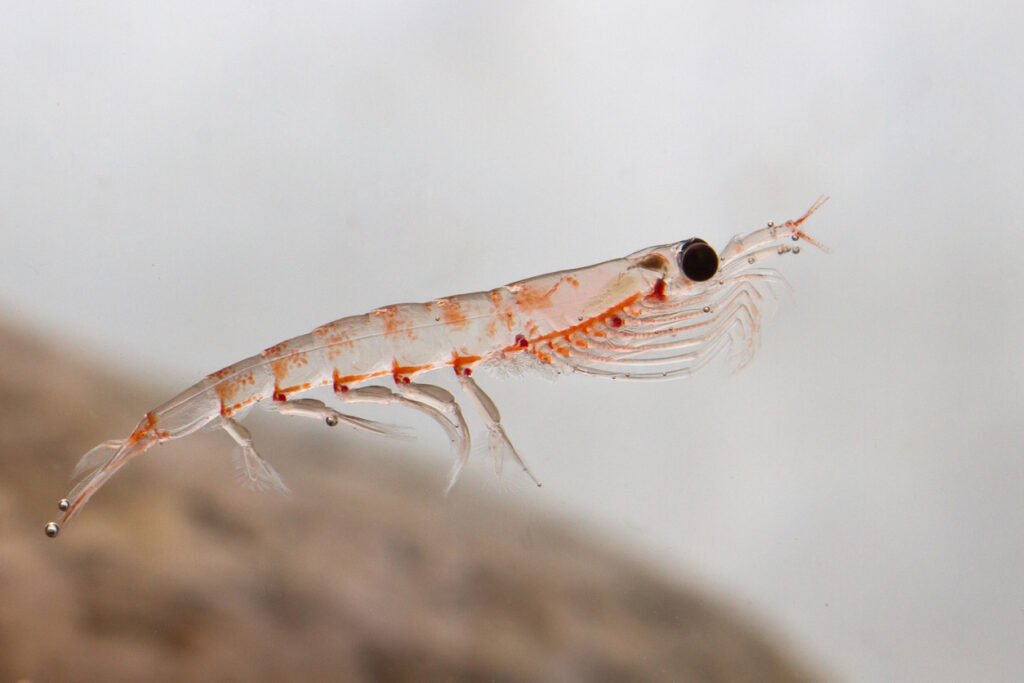
These shrimp-like crustaceans form the foundation of polar and temperate ocean food webs. By grazing on phytoplankton, krill help regulate carbon dioxide levels: they lock away carbon in their bodies and in the dense, sinking fecal pellets they produce. Their massive swarms, sometimes stretching for miles, feed whales, seals, penguins, and countless fish. Without krill, many marine giants would lose their primary food source, and the ocean’s ability to sequester carbon would weaken, accelerating climate change.
3. Plankton
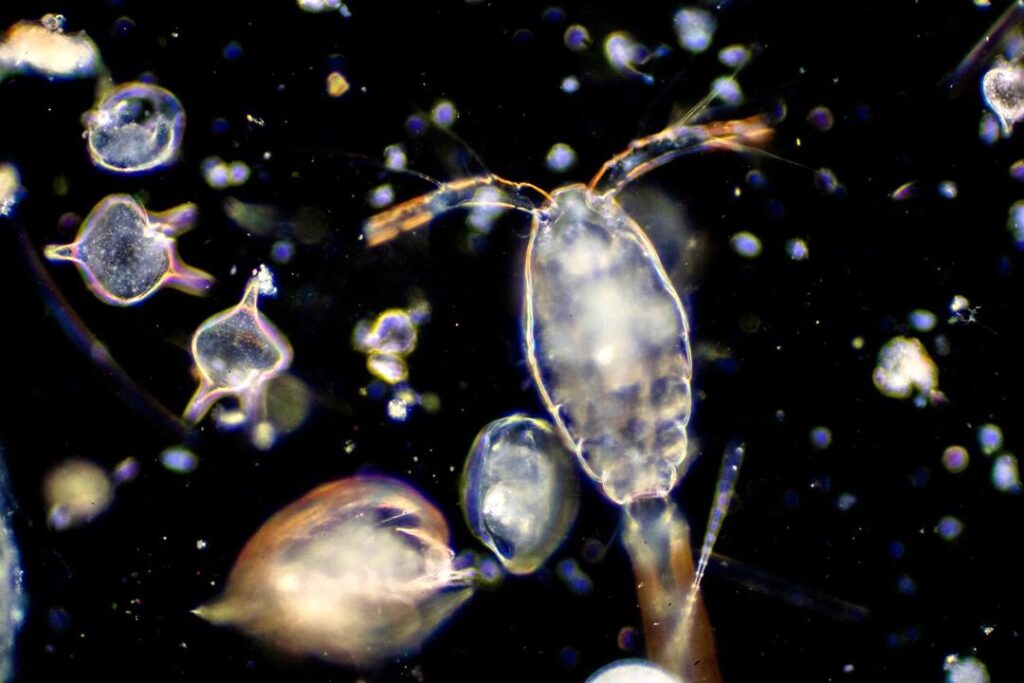
Invisible to the naked eye, plankton include both plant-like phytoplankton and tiny animal zooplankton. Phytoplankton carry out half of the planet’s photosynthesis, churning out oxygen that fuels life on land and sea. They also form the base of aquatic food chains, tiny fish and crustaceans feed on them, and those, in turn, feed larger predators. Fluctuations in plankton populations ripple throughout marine ecosystems, influencing fish stocks, seabird breeding success, and even global climate patterns by drawing down CO₂.
4. Ants
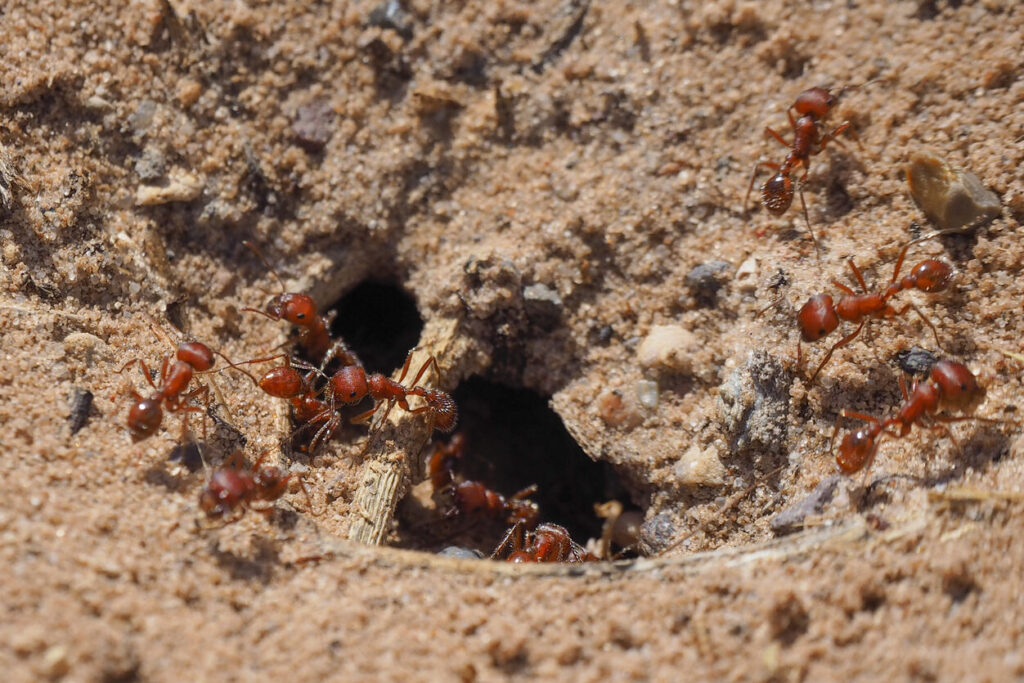
Ants engineer the soil beneath our feet. As they tunnel, they aerate the ground, improving water infiltration and root growth. Many species scavenge waste and predate crop pests, providing natural pest control. Their nests concentrate organic material, boosting nutrient cycling and fertilizing plants. Leafcutter ants, for instance, farm fungal gardens inside their colonies, turning fresh vegetation into rich compost. Ant-driven seed dispersal also helps regenerate forests, making these tiny insects indispensable gardeners of both wild and agricultural landscapes.
5. Earthworms
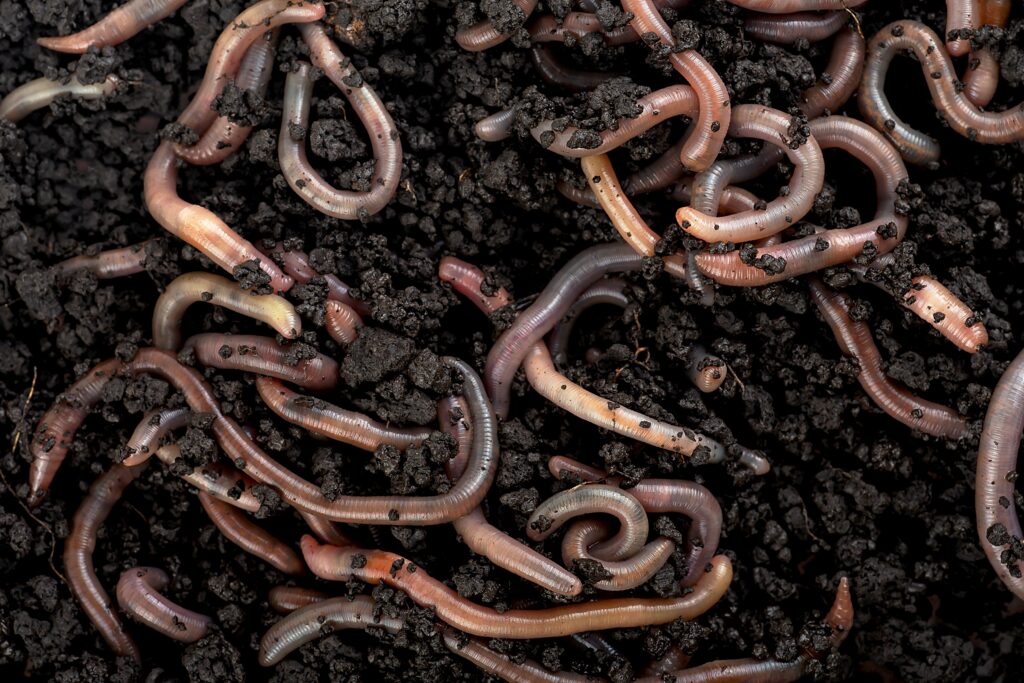
Often called “nature’s plow,” earthworms burrow through soil, creating channels that enhance drainage and root penetration. Their constant feeding on organic matter, leaves, dead roots, and microorganisms, produces nutrient-rich castings that dramatically increase soil fertility. This activity improves crop yields, supports healthy lawns and gardens, and mitigates erosion. In many traditional and no-till farming systems, earthworm presence is a key indicator of soil health, and encouraging their populations can reduce reliance on chemical fertilizers.
6. Tardigrades

These nearly indestructible micro-animals, also known as water bears, withstand extremes of temperature, pressure, radiation, and even the vacuum of space. When conditions turn harsh, they curl into a desiccated “tun,” halting their metabolism entirely. Decades later, they can rehydrate and resume activity. Scientists study tardigrade proteins for applications in medicine, crop preservation, and long-duration spaceflight, hoping to unlock new ways to protect human cells from extreme stress and to preserve biological materials under challenging conditions.
7. Coral Polyps
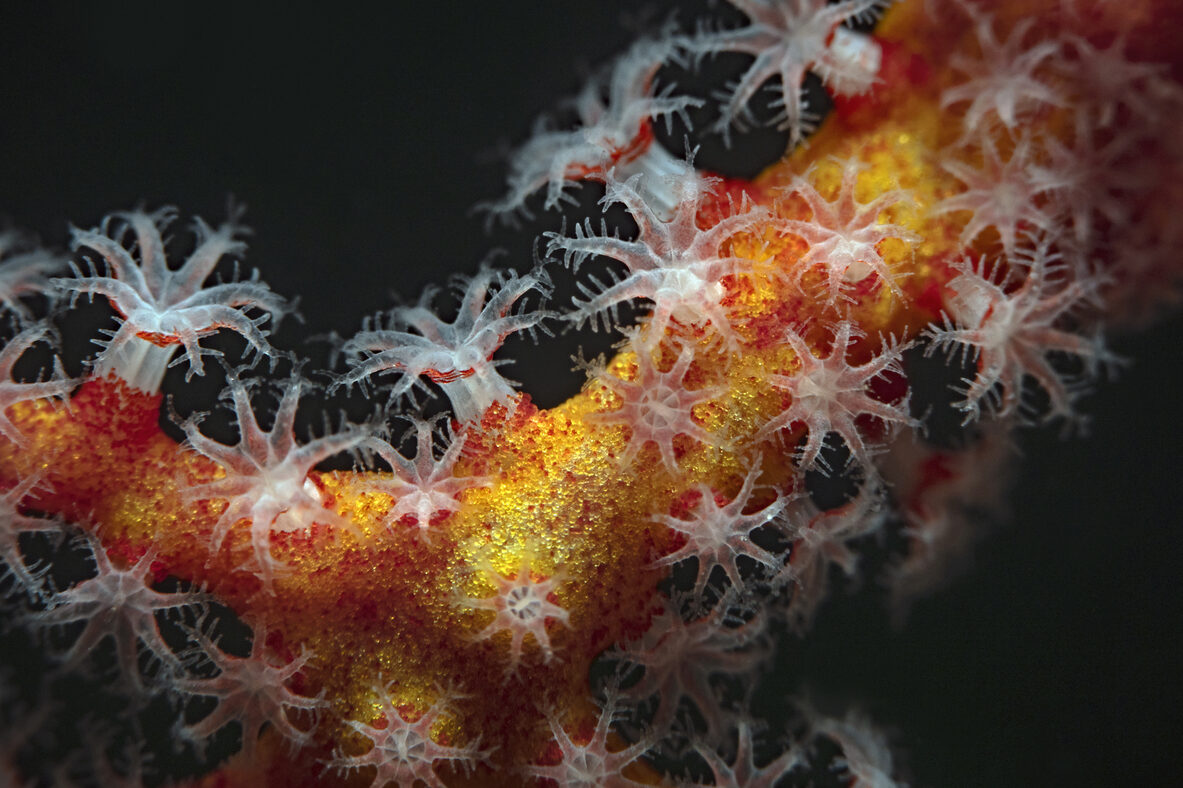
Tiny, soft-bodied animals that secrete calcium carbonate skeletons build coral reefs over centuries. Though reefs cover less than 1% of the ocean floor, they support a quarter of all marine species, from colorful fish and crustaceans to sponges and mollusks. Inside each polyp lives symbiotic algae (zooxanthellae), which photosynthesize and supply nutrients to the colony. In return, polyps offer shelter and carbon dioxide. These delicate partnerships protect coastlines, fuel fisheries, and draw tourists, but they’re endangered by warming seas and ocean acidification.
8. Mycorrhizae
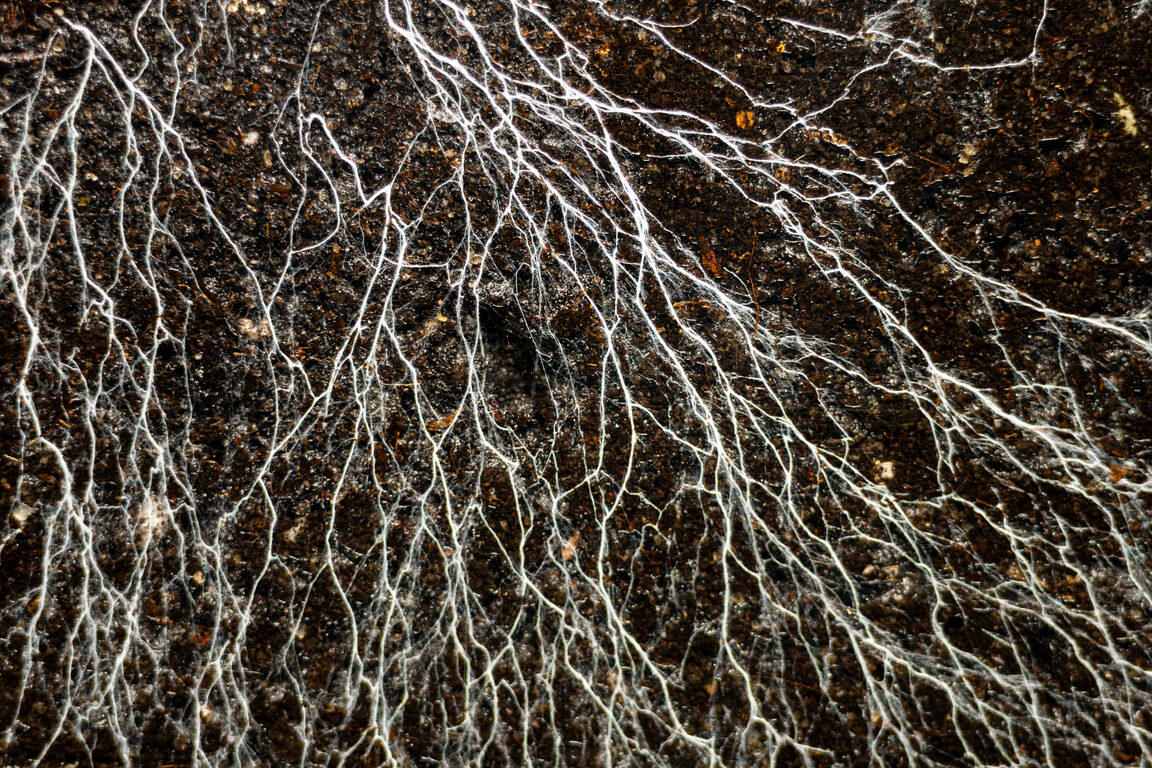
These microscopic fungi form symbiotic networks around plant roots, often called the “wood wide web.” Their thread-like hyphae extend far into the soil, absorbing water and nutrients (especially phosphorus) and ferrying them back to their host plants. In exchange, plants share carbohydrates with the fungi. Through these underground highways, trees and crops can communicate stress signals and redistribute resources, improving drought resilience and disease resistance. Harnessing mycorrhizal partnerships is key to sustainable agriculture, soil restoration, and reforestation efforts worldwide.
9. Mosquitoes
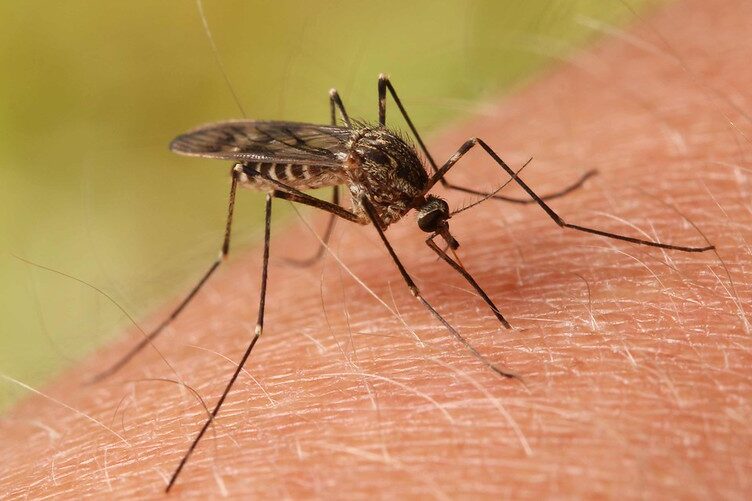
Despite their notoriety for spreading diseases, mosquitoes play critical roles in food webs. In their larval stage, they filter organic matter from water, boosting water clarity and nutrient cycling. Fish, amphibians, and other aquatic predators rely on larval mosquitoes for food. Adult mosquitoes visit flowers for nectar and inadvertently pollinate plants like orchids and mangroves. Bats, swallows, dragonflies, and spiders hunt adult mosquitoes, linking aquatic and terrestrial ecosystems. Ecological approaches to mosquito control aim to curb disease without collapsing these essential food chains.
10. Termites

These social insects excel at breaking down tough plant materials like wood, leaf litter, and grass, turning them into nutrient-rich soil. Their massive mounds and tunnels aerate the ground, improve water infiltration, and redistribute minerals, creating fertile patches that boost plant diversity. In tropical savannas and forests, termite activity accounts for a significant share of decomposition, maintaining carbon and nutrient cycles. Some cultures even harvest termites as a high-protein food. Conserving termite diversity safeguards these natural recyclers and the landscapes they sustain.
This story 10 Tiny Creatures That Have a Huge Impact on the Planet was first published on Daily FETCH


